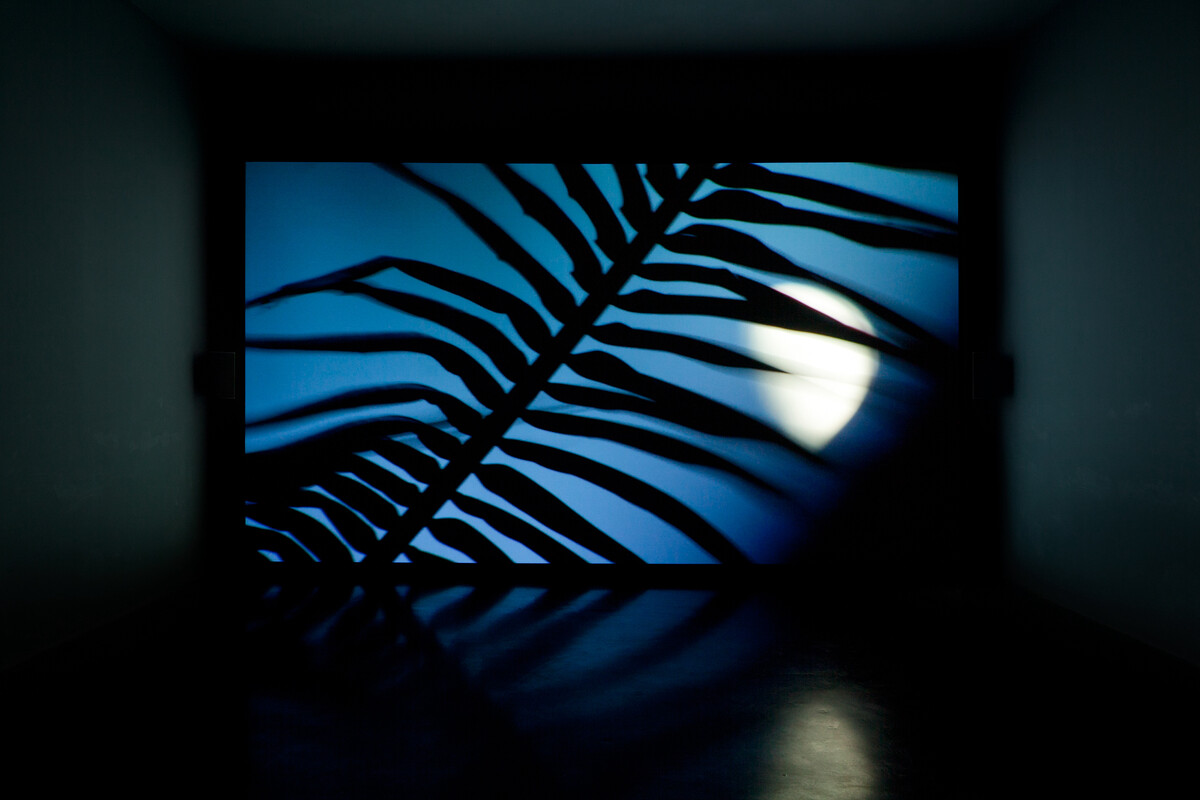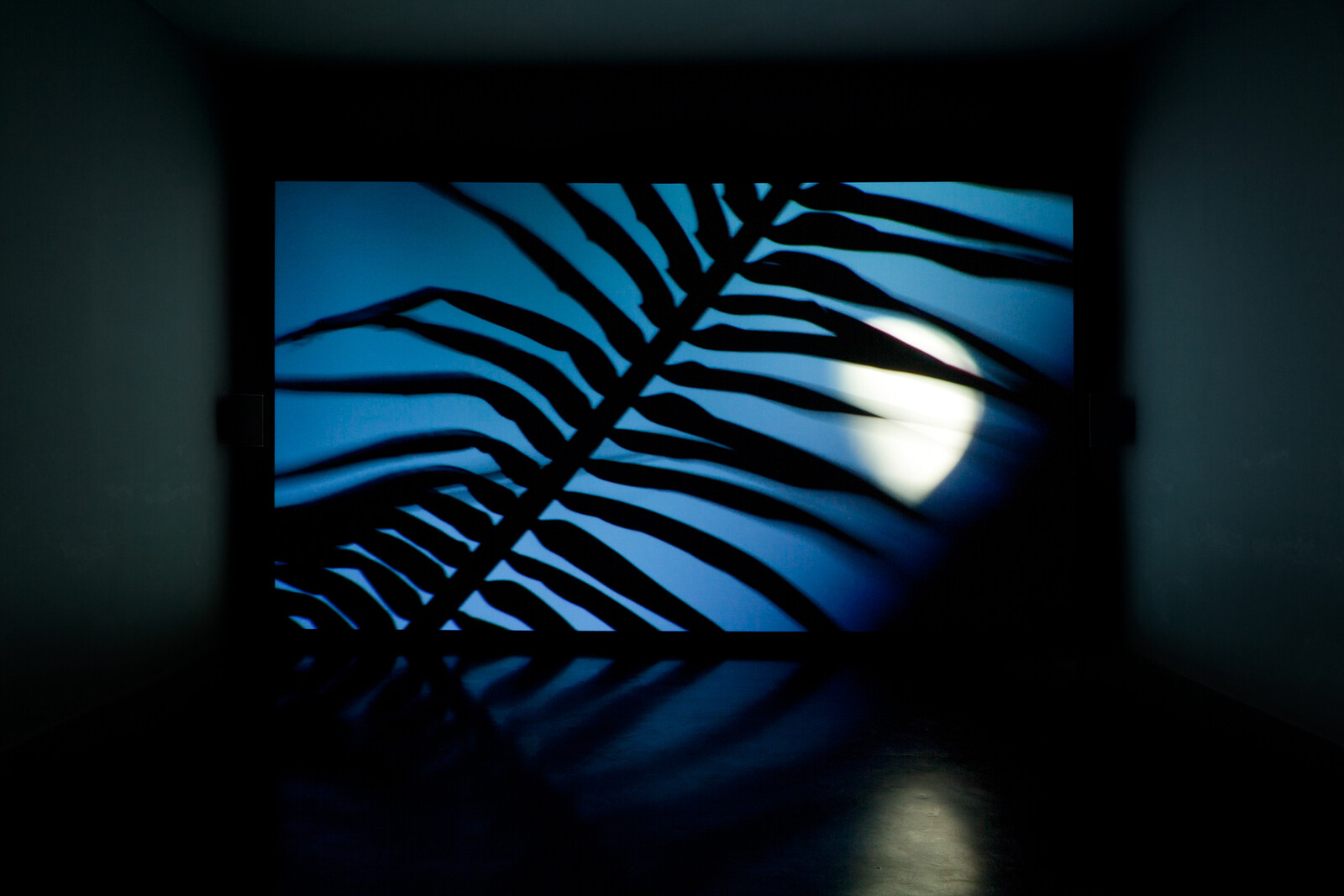“What can you say about violence except that it should not happen?” asks Amar Kanwar. Writing from a conviction that art matters in the face of the “forever wars of our time,” art critic and journalist Kaelen Wilson-Goldie explores the works of three artists: New Delhi–based Kanwar, Mexican artist and activist Teresa Margolles, and Abounaddara, a collective of filmmakers who released weekly videos online from the beginning of the Syrian Civil War showing the realities of life under the regime. In making art, Wilson-Goldie argues, each found a space in which to reflect on the politics of the places they are from in ways that go beyond the documentation of violence, to transformative effect.
In her chapter on Abounaddara, Wilson-Goldie follows the collective in showing how life in wartime is shaped by conflict but, crucially, not wholly defined by it. The work of Kanwar, meanwhile, offers an example of how art can engage with popular struggles over labor rights, land, and resources. He’s been returning to the Indian state of Chhattisgarh ever since labor activist Shankar Guha Niyogi was murdered in 1991, on the day before Kanwar had arranged to film him. Writing about Margolles, Wilson-Goldie starts with her work for the Mexican Pavilion at the 2009 Venice Biennale, which focused on the drug wars in the artist’s home country.
These subjects of examination are neatly balanced. Kanwar is a filmmaker whose work is often presented as part of large-scale installations; Margolles works in photography, performance, installation, and sculpture; and Abounaddara began by posting five-minute videos on Vimeo and Facebook that have since been edited into compilations for screenings at film festivals and exhibitions. The worlds these artists inhabit are ones where femicide is rife, activists are murdered, and day-to-day life entails horrifying risk. Their works do not offer balm or comfort, nor are they straightforward introductions to the politics of these places, or suggestions of a way forward. Instead, they make space for reflection, a way of, as Wilson-Goldie says of Kanwar, “approaching difficult topics with sensitivity.”
Like the work of these artists, who confront subjects from which many would rather look away, Wilson-Goldie’s book goes beyond a simple argument in favor of representation. Reading her chapter on Margolles, I think about Roberto Bolaño’s 2004 novel 2666, one section of which chronicles the murders of over 100 women in a fictional town approximating Juarez, on the US-Mexico border. Like Margolles’s installation, for which the floors of the space were cleaned with water mixed with the blood of murdered people, it is incredibly hard to encounter; it feels endless, and it offers no respite.
To say that the role of artists in society is simply to make an image of what might otherwise not be plain to see is to ignore how images can be complicated, can be co-opted, can reinforce clichés (in an interview, Abounaddara discuss how Syria is presented as “pistachios and apricots,” a part of a “complicated Orient”). Abounaddara, Wilson-Goldie writes, were attempting to create “a legal framework for guaranteeing ‘the right to the image,’ to protect Syrian people, among others, from being depicted in the media as a pitiful mass of bruised and mutilated bodies.” This is where the author’s commitment to approaching complexity with sensitivity—like the artists she writes about—is valuable.
Wilson-Goldie builds a context, giving a short history of Chhattisgarh, writing about the early days of the Arab Spring, or the geography of the drug wars. Her methodology is based on close description of artworks; she offers a reminder that attention is a form of connection, even when the subject resists being reduced to a morality tale. What is there to say about violence? That it happens. And, like in 2666, where it is impossible to skim past the gruesome, we shouldn’t look away. Wilson-Goldie’s act of paying attention is a practical, sensitive, and proximate way of thinking about what is often represented from a distance. Her writing in this book is a kind of faith—in art, in the importance of the stories it tells, in how we meet through it, and recognize each other.
Kaelen Wilson-Goldie’s Beautiful, Gruesome, and True: Artists at Work in the Face of War is published by Columbia Global Reports.

